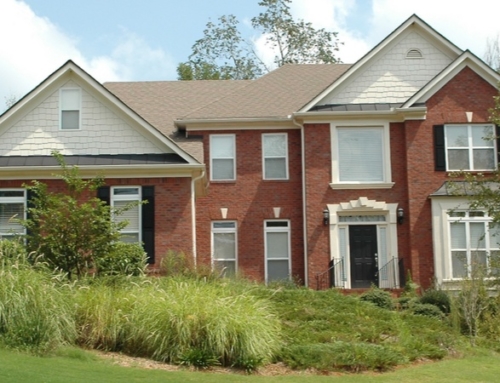It seems inconceivable that in the midst of the longest, hottest market in real estate memory, there should be a house that hasn’t sold within 5 minutes of being listed.
Seriously, there are plenty of homes that aren’t selling quickly, and for all the same reasons: Either the price isn’t right or the condition of the home isn’t right. Some sellers unrealistically expect to get top dollar for a home in less than mint condition. That’s going to be a problem for savvy home buyers, who expect to see a certain level of price and quality attached to a price tag.
If your home has languished, while other new listings have come on the market and sold, you have a few options:
- Make basic cosmetic changes. If you didn’t repaint, recarpet, or thoroughly clean your home before you listed it, consider doing so now. If your carpet is in good shape, have it professionally shampooed. If it’s dark, or worn out, replace it with something nice in a new neutral color. Give the interior of your home a wash of white paint.
How much should you spend on cosmetic changes? Not too much. Although some changes (like repainting) may allow you to raise your list price, every dollar you spend is one less dollar you’ll have in your pocket at the closing.
- Relist your home. Every home listed in the multiple listing service is assigned a number that corresponds to the date and year of listing. While listings on the Internet may standardize and do away with this kind of numbering system, right now the day your property was listed is available.
If your home has been on the market for more than six months, it may begin to look stale by comparison to newer listings. If your home has been on the market since last November, all of the listings in the new year will have a newer number.
Consider relisting your home to give it a fresh look and new listing number. To do this, you may need to officially take the property off the market, change agents or brokerage firms, raise or lower the listing price, or do something else that changes the listing.
- Raise your commission. Brokers say they wouldn’t force a home on a buyer simply because it had a higher than average commission. But with buyers bidding quickly, feverishly in some cases, if your home is the first one they see, they might bite.
Brokers will often include a home with a higher commission in their list of showings for just that reason. Increasing the commission above the normal range of 5 to 7 percent may help garner more attention for your property. If you don’t want to raise the commission, consider giving the buyer’s agent a $500 or $1,000 bonus for bringing the buyer to the table.
- Give the buyer a break. Instead of, or in addition to, rewarding the buyer’s agent, consider doing something special for the person who is actually going to pony up the money to buy your home.
Promotions such as free lottery tickets, sporting event tickets, vacations and free Mercedes automobiles were the lures of the 1980s. In this decade, buyers want to feel comfortable financially. It may be more meaningful to this type of buyer if you pay some or all of his or her closing costs, paying future condo or co-op assessments, paying some of the future real estate taxes, offering a home warranty, or buying down the buyer’s mortgage interest rate.
- Lower your price. If your home is already in the best condition possible, and you’ve already raised the commission and offered the buyer a premium, you may have to accept the fact that your home is overpriced. That doesn’t mean someone, somewhere, wouldn’t offer you your dream price. You may just grow old waiting for that day to come.
The good news is, while your home is overpriced, it may not be overpriced by a lot. What you need to do is determine what homes in your neighborhood are selling for, rather than what they are listed for, and then underprice your neighbors just enough to attract the right buyer’s attention.
Jan. 18, 1999.






Leave A Comment